
Glass sculpting has been an art form for centuries, and master craftsmen have been creating stunning works of art that mesmerize and captivate audiences. These skilled artisans are true masterpieces, as they possess the ability to transform a fragile and transparent material into delicate and intricate shapes that evoke feelings of wonder and awe.
Their artistry involves an intricate dance between creativity and technical skill, as they manipulate molten glass to create breathtaking sculptures that are both beautiful and functional.
In this article, we will take a closer look at the art of glass sculpture, exploring the techniques and processes that master craftsmen use to create these stunning works of art. So, if you want to learn more about the magic of glass sculpture and how it is created, read on!
History of Glass Sculpture and Its Evolution Over Time
Glass sculpture has a rich history that dates back to ancient times. The Egyptians were the first to experiment with glass, using it to create small decorative objects such as beads and amulets. It wasn't until the Roman Empire that glassblowing was invented, which allowed for the creation of larger and more complex glass pieces.

During the Renaissance period, glass sculpture saw a resurgence in popularity, with master craftsmen such as Venetian glassblowers creating intricate and colorful glass pieces that were highly sought after by nobility and royalty. In the 20th century, glass sculpture became more experimental with artists such as Dale Chihuly pushing the boundaries of the medium with their bold and innovative designs.

The Process of Glass Sculpting - From Molten Glass to Finished Product
The process of glass sculpting is a complex and time-consuming art form that requires a great deal of skill and patience. It all begins with the selection of the raw materials, which are typically sand, soda ash, and limestone. These materials are combined and melted in a furnace, reaching temperatures of up to 2000 degrees Fahrenheit.
Once the glass has reached the desired temperature, it is gathered onto the end of a blowpipe, which is then used to shape and manipulate the glass. The glass can be blown, twisted, and pulled into various shapes and designs, depending on the artist's vision.

The next step is to cool the glass slowly to prevent it from cracking or shattering. This is done in a kiln, which slowly cools the glass over a period of several hours. Once the glass has cooled, it can be polished and finished with various techniques such as sandblasting or etching to achieve the desired effect.
Techniques Used by Master Craftsmen to Create Intricate Designs and Shapes
Master craftsmen use a variety of techniques to create intricate designs and shapes in glass sculpture. One of the most common techniques is called "lampworking," which involves using a torch to melt and manipulate small pieces of glass. This technique allows for a great deal of precision and control and is often used to create delicate designs such as flowers or animals.

Another technique used by master craftsmen is "hot sculpting," which involves manipulating molten glass directly with tools such as tweezers or shears. This technique requires a great deal of skill and experience, as the glass must be worked quickly before it cools and hardens.

Tools of the Trade - The Essential Equipment Needed for Glass Sculpting
Glass sculpting requires a variety of specialized tools and equipment. Some of the most essential tools include blowpipes, punties, and jacks, which are used to shape and manipulate the glass. Other tools such as shears, tweezers, and paddles are used to help shape and mold the glass into the desired form.
In addition to these basic tools, glass sculptors also use a variety of specialized equipment such as kilns, ovens, and annealers, which are used to heat and cool the glass at various stages in the sculpting process.
Different Styles of Glass Sculpture - From Traditional to Contemporary
Glass sculpture comes in many different styles, ranging from traditional to contemporary. Traditional glass sculpture often features intricate designs and patterns, with a focus on form and function. Contemporary glass sculpture, on the other hand, is often more experimental, with artists pushing the boundaries of the medium with bold and innovative designs.
Some popular styles of glass sculpture include blown glass, cast glass, fused glass, and stained glass. Each of these styles has its own unique characteristics and requires a different set of techniques and equipment to create.
Famous Glass Sculptors and Their Contributions to the Art Form
Glass sculpture has produced many famous artists over the years, each with their own unique style and contribution to the art form. One of the most famous glass sculptors is Dale Chihuly, whose bold and colorful designs have helped to redefine the medium. Other notable glass sculptors include Lino Tagliapietra, William Morris, and Richard Marquis, each of whom has made significant contributions to the art form.

Challenges Faced by Glass Sculptors and How They Overcome Them
Glass sculpting is a challenging and demanding art form that requires a great deal of skill and patience. One of the biggest challenges faced by glass sculptors is the fragility of the material, which can easily crack or shatter if not handled properly.
Another challenge is the technical skill required to manipulate the glass, which can take years to master. Glass sculptors must also be able to work quickly and efficiently, as the glass hardens rapidly and must be shaped quickly before it cools.
Despite these challenges, glass sculptors continue to push the boundaries of the medium with their innovative designs and techniques.
The Use of Glass Sculpture in Modern-Day Art and Design
Glass sculpture has become an increasingly popular medium in modern-day art and design. Many contemporary artists are using glass sculpture to create bold and innovative designs that challenge our perceptions of the medium.
Glass sculpture is also being used in a variety of functional applications, such as lighting fixtures, furniture, and architectural elements. The unique properties of glass, such as its transparency and reflectivity, make it an ideal material for these applications.
Conclusion - The Enduring Appeal of Glass Sculpture and Its Importance in the Art World
Glass sculpture is a truly unique and captivating art form that has been captivating audiences for centuries. Its enduring appeal lies in its ability to transform a fragile and transparent material into delicate and intricate shapes that evoke feelings of wonder and awe.
Despite the challenges faced by glass sculptors, they continue to push the boundaries of the medium with their innovative designs and techniques. Glass sculpture has become an increasingly important medium in the art world, with contemporary artists using it to create bold and innovative designs that challenge our perceptions of the medium.
In the end, the art of glass sculpture is a testament to the creativity and technical skill of master craftsmen, who possess the ability to transform a simple piece of glass into a stunning work of art that will be admired and cherished for generations to come.

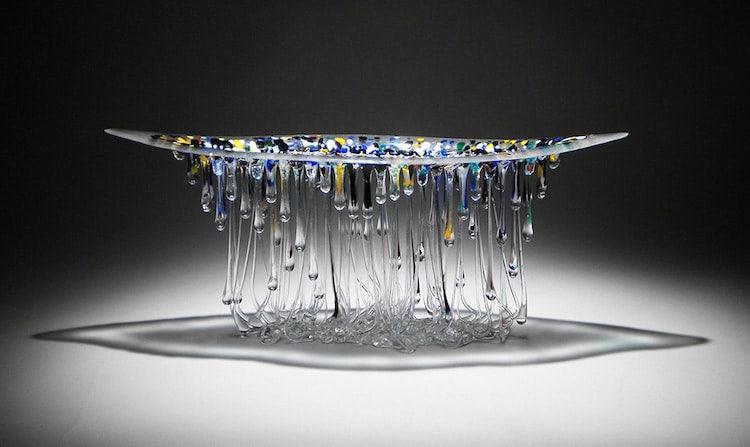
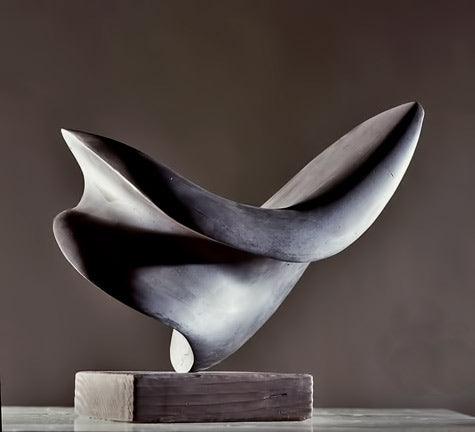
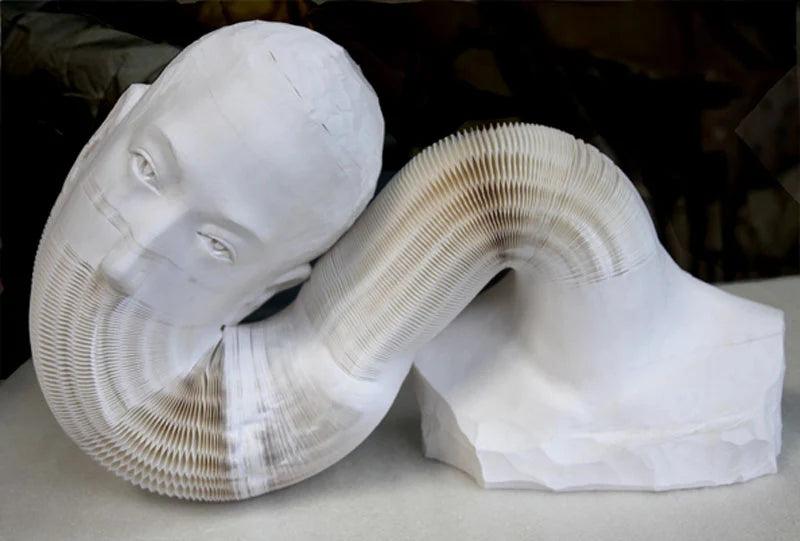
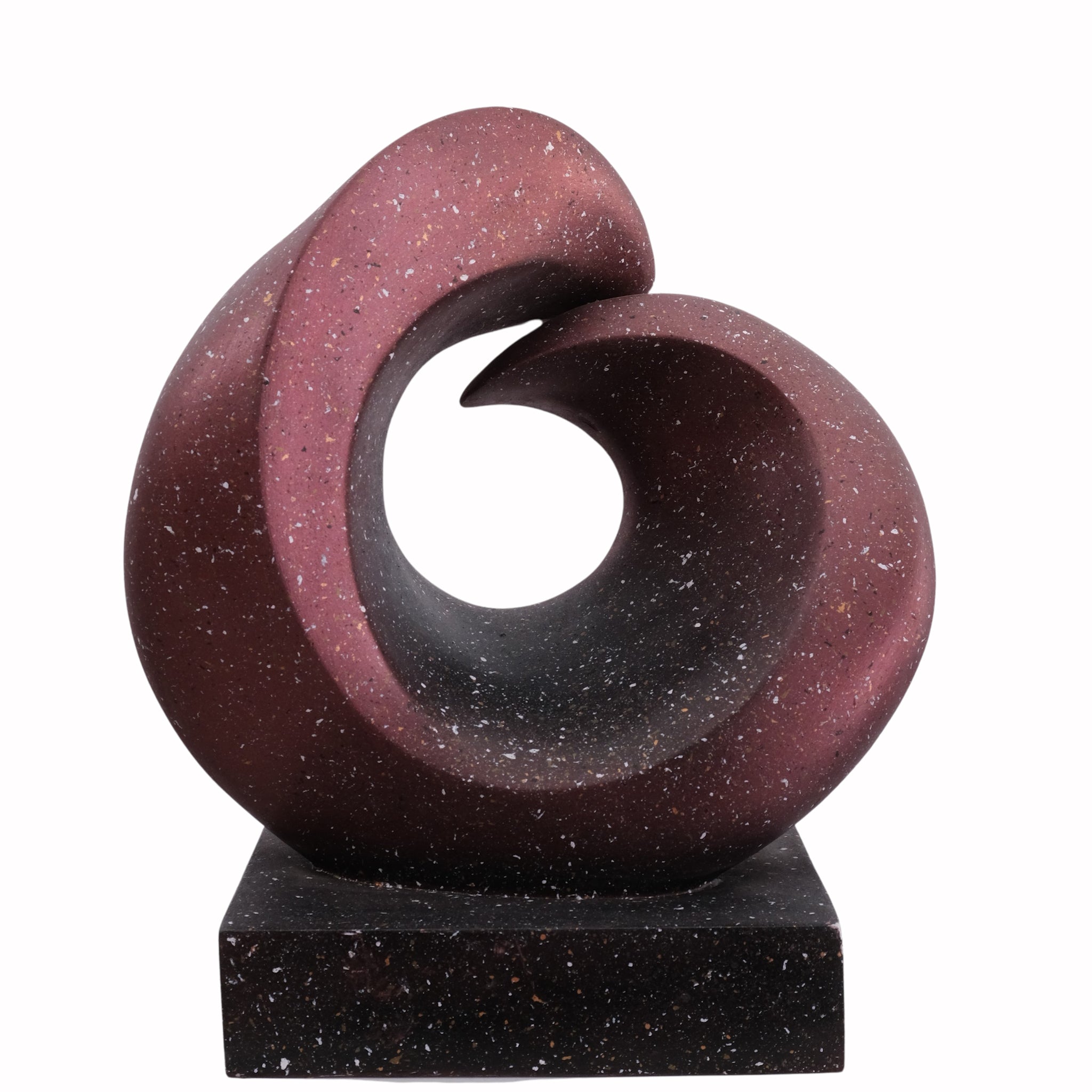
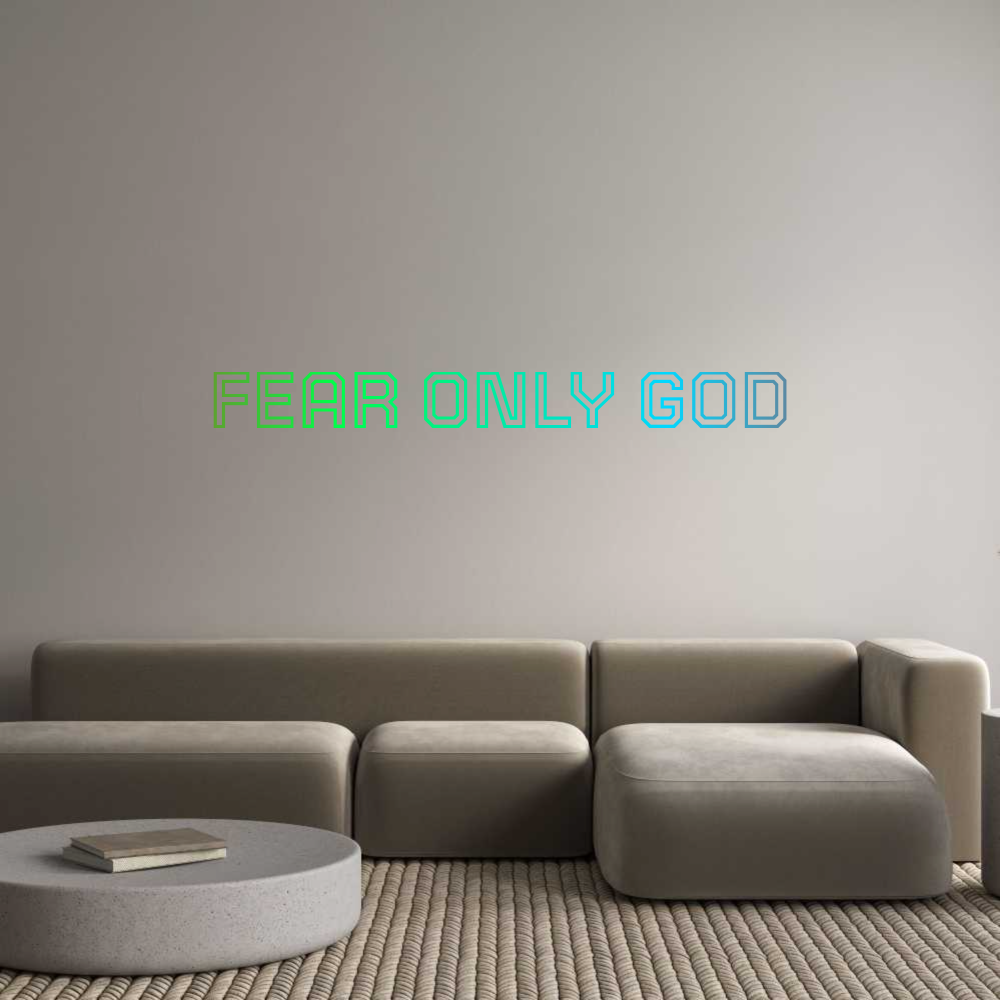
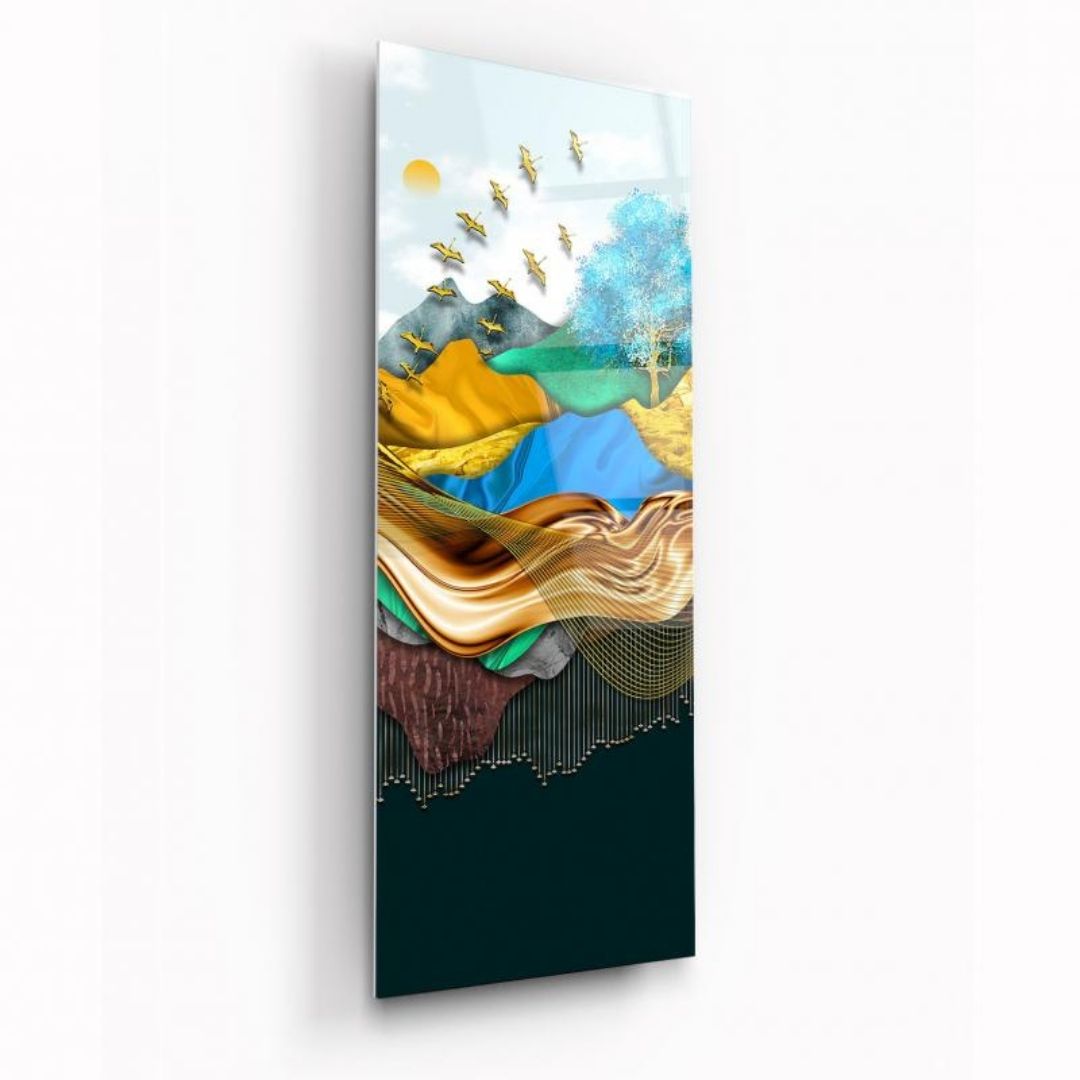
Leave a comment
All comments are moderated before being published.
This site is protected by hCaptcha and the hCaptcha Privacy Policy and Terms of Service apply.